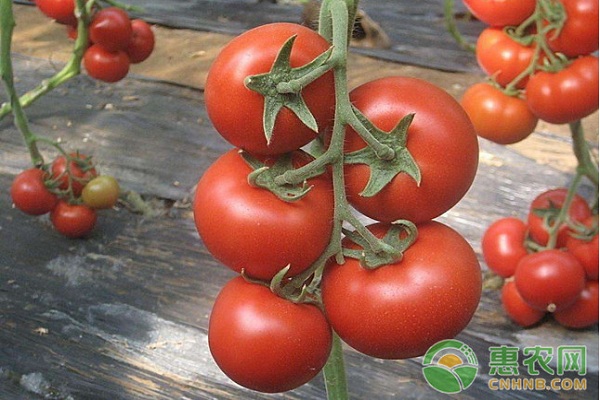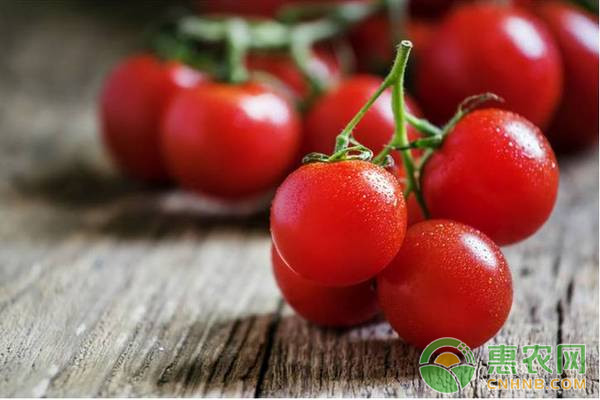What about the dead vegetables? Most vegetable growers know that the best way to control dead trees is through root irrigation. Irrigation with roots to prevent the spread of germs everywhere, causing recurrence. But are you really going to root? What are the precautions for irrigation? Some farmers have injected several medicines and found that the dead trees are not alleviated, and there will still be new dead trees. In fact, the control effect of dead trees is related to many factors, such as the chemicals used, the characteristics of the disease itself, soil problems, and rooting operations. When I was rooted, I didn't take into account the conditions and timing of the use. I found that the dead tree was filled with medicine, so I generally couldn't see any effect! Pay attention to the rooting time “Heavily on prevention and protection, and on prevention†Generally, rooting can be carried out after the planting of the seedlings, or 7 to 10 days after the planting; or when the phenomenon of sporadic dead trees is found, the plants around the diseased plants are treated with emphasis on the disease, and it is best to have all the plant ideas. Fill it up again. Second, pay attention to the use of irrigation "Broad-spectrum agents are used for prevention, targeted drugs are used for protection, and bacterial drugs are used in combination." For drug selection: For prevention, carbendazim, carbendazim, thiophanate-methyl, metalaxyl, etc. + zhongshengmycin, chunleimycin, etc. may be used. When sporadic disease is used for protection, select the corresponding agent for different diseases. For the pathogenesis of bacterial wilt: copper hydroxide, or spring copper king compound, or thiazole zinc and thiabium copper compound, or chlorophyll. For the diseased area of ​​blight: you can choose sodium sulfonate, or carbendazim, or benomyl + thiram. For the onset of verticillium: benomyl, or thiophanate + sulphonate, or carbendazim and thiram. For the eggplant and pepper root rot disease plot: you can choose difenoconazole + mancozeb, or dichloroisocyanuric acid + thiram, or chlorobromoisocyanuric acid + captan. For the plague of tomato Phytophthora root rot: dipropionamide, or fluazinam, or cream urea, manganese zinc, etc. may be used. For drug solubility and systemic: Generally, pesticide preparations with poor solubility and systemic absorption should not be used for rooting. For example, powders, wettable powders and suspending agents should be used less or not. For the amount of drug or drug concentration: The amount of medicine to be filled should vary according to the dry and wet conditions of the soil. For example, 100 grams of potting water per plant is wet; soil dry water is about 0.25-0.5 kg per plant. The concentration of the medicine should be increased in an appropriate amount on the principle of ensuring the safety of the crop. Generally, the dilution factor of the potting agent is about half of the recommended dilution factor of the leaf spray agent. Three attention to soil dry and wet problems when filling the roots "The soil is dry, sucks fast; the soil is wet, it will dilute" The degree of dryness and humidity of the soil will directly affect the play of the liquid in the soil. If the soil is too dry, it will be easier to absorb the liquid. In the case of too much filling, the liquid will be absorbed at once, and the expansion will not open, and the sterilization ability will be weak; If the soil is too wet, it will dilute the liquid and reduce the control effect; suitable soil moisture (holding a hand to hold the soil, loosening it in the hand, forming a mass, falling to the ground will spread out as well) can make the liquid Play a better result. Four attention to watering problems when filling the roots “Before watering, not after watering†Reasons for not being watered before rooting: In the case of crops already infested, if watering, it will help the bacteria spread with the running water and harm other healthy plants; After watering, it tends to cause soil permeability to decrease, roots are deprived of oxygen, roots are produced, and stress resistance is reduced, making pathogens more susceptible to dip; In addition, rooting after watering, will make the liquid difficult to infiltrate, too much medication can easily make the soil more poorly permeable, easy to cause crop roots, and increase the occurrence of dead trees. If you have already watered it, you will have to pour it after 5-7 days. Reasons for not being able to water immediately after rooting: Immediately watering will cause the liquid to be drenched to be diluted, and the effect of sterilization and disease prevention will be reduced. Generally, it can be watered about 7-10 days after the medicine is filled. Five attention to fertilization problems when filling the roots “Appropriate use of rooting agent to avoid the use of bacterial fertilizer†When using a bactericide to irrigate roots, it is possible to add fertilizers that are strong in soil, such as fertilizers containing amino acids and humic acids. For vegetable fields that are already using bacterial fertilizer, try to use less fungicides when preventing dead trees, so as not to kill the biological bacteria in the bacterial fertilizer and reduce the efficacy of the bacterial fertilizer. However, if the diseased plants are found in the field, comprehensive consideration is given. Next, it is recommended not to consider the bacterial fertilizer, and quickly use the fungicide to fill the roots, so as not to cause small loss. The five main points about vegetable rooting are summed up today. Please learn from the many farmers who need it. Peptide Powder,Collagen Powder,High Purity Ipamorelin,Bodybuilding Gdf-8 Myostatin Powder Shaanxi YXchuang Biotechnology Co., Ltd , https://www.peptide-nootropic.com
